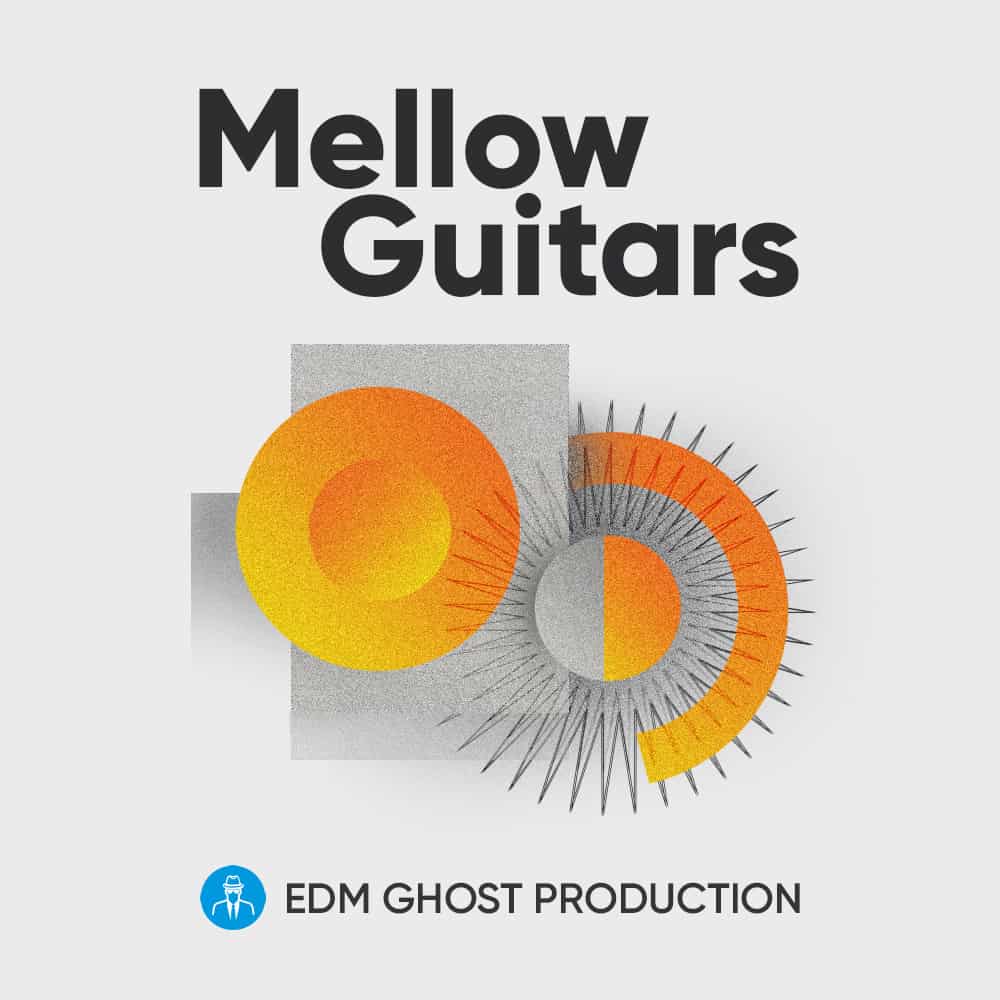Intonation Cello Concepts
In this video we introduce some of the concepts around why intonation can be so tricky to get right, and how we can practice systematically and intuitively to make our playing more in tune.
The most significant wrench in any of our plans to be in tune is first deciding what tuning system we are using. The reason for this is mathematical.
Long ago it was noticed that the vibrations of consonant intervals (fifth, octave) have simple ratios with each other. An octave higher is twice as fast, so it’s a 2:1 ratio.
Fifths are a 3:2 ratio, and thirds are a 4:3 ratio. As you may notice, the simpler the ratio, the more consonant, or pleasing sounding, the interval is.
Plato and Aristotle thought this was very cool, and related the vibrations of music to celestial motion, deciding that there was a sort of “music” to the way stars move.
This is the reason that old Gregorian chant is all open fifths and octaves. It took a while for society to accept less pleasing intervals as being part of a spiritual experience.
Tuning music based on these perfect interval relationships does sound very in tune – as long as you’re playing very simple melodies in only one key.
The problem is that if everything is tuned to the tonic, and our octave is tuned perfectly to the root note, and the fourth of the chord is tuned to the root note, then even the fourth and the octave are a not quite perfect fifth now.
This system of tuning is called “just intonation” and means that everything is tuned to one one. The problem is that different keys sound different amounts in tune, and sometimes horribly out of tune.
Nowadays, “in tune” typically means equal tempered tuning, a tuning system that makes every half step interval the same distance apart, no matter the context.
This has been the preferred tuning system for pianos since the mid 19th century, has allowed large scale orchestral music and jazz music with its upper extension harmony to exist at all, and is now what any music making software will produce for its synthesized notes.
The thing is, it’s not that everything is in tune this way; it’s a compromise. No key sounds better or worse than any other (in terms of intonation) but in exchange for little being perfectly, mathematically in tune.
As cellists, this leaves us with a little bit of a dilemma when playing music with others.
Sometimes it is possible to fit into the equal temperament of the piano or band we’re playing with, and sometimes we can have moments of just intonation, such as when playing a double stop.
There is an unfortunately messy world about intonation, where it can feel very obviously wrong at times, but is not on the other hand so obviously right in others.
In this video I discuss a dichotomy for dealing with this that I was taught by my cello teacher, which is to think about harmonic versus melodic (or vertical versus horizontal) intonation.
In the first, harmonic or vertical intonation refers to the tuning at any given moment between all of the elements. “All of the elements” can range from all of the different instrument parts to all of the notes in the chord to all of the notes in the implied chord, as is the case in solo Bach music.
The other, melodic or horizontal intonation, refers to playing the “tendencies” of notes. So that leading tones (the seventh scale note right before the tonic, or main note) are a little bit sharper than equal temperament, because they are pulling up to the tonic.
In both cases, it may vary how equally tempered you play. If you play a rolled C major chord, your E will be flatter than the E you play in an A minor chord, and if you have an E written in your part and the chord is only played by piano or between instruments, you still have to be sensitive to that and play appropriately in your own part.
Hopefully, as confusing as intonation can be, this video gives some straightforward concepts to be aware of while pursuing cello, and playing in tune.
Let us know if this video helped! We’ve been making cello lesson videos for a few months now, and there are over a dozen lessons to help you learn this wonderful instrument.










